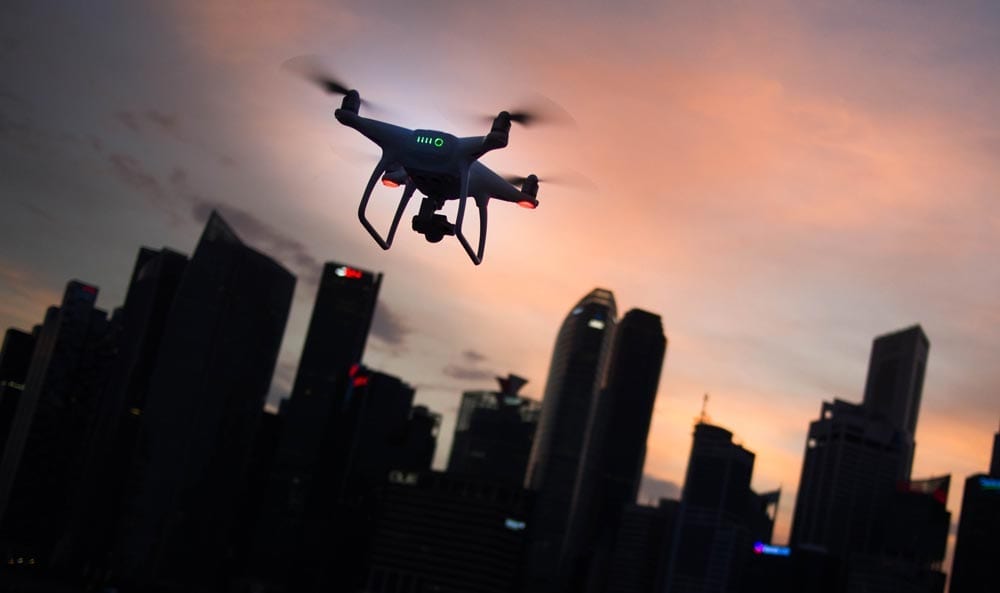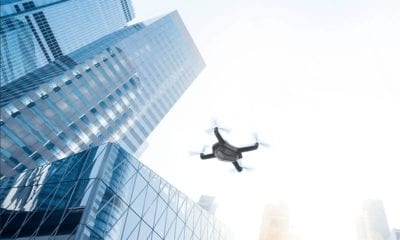
News
Social Acceptance of Traffic Enforcement Drones
There are a numerous technological innovations in the traffic control sector each and every year, but every new technological solution that primarily involves interaction with humans must be socially acceptable for the public to cooperate with it and use it effectively.
Drones developed and specialized for traffic control are an example of such a solution. While traffic-control drones can effectively monitor high-risk driving behavior and can work for its mitigation by signaling or alarming a driver of any vehicle showing such harmful behavior, they still face the question of whether the drivers would be willing to cooperate with the drones and how much.
To study this aspect, an article was published in the journal Accident Analysis & Prevention. The article titled, “Are drivers ready for traffic enforcement drones?”, is a survey of drivers from the US and Israel that directly collects information regarding their perception of drones as a traffic control tool.
The author, Ariel Rosenfeld, formed two different groups in both the US and Israel for the survey. The first group consists of 115 US participants, recruited via the popular crowd-sourcing platform Amazon Mechanical Turk (AMT) denoted the US-Group. 43 females and 57 males of the total participants completed the survey. The second group consists of 125 Israeli citizens, recruited by approaching people in public places and publishing advertisements on online platforms, denoted the IL-Group. 40 females and 60 males completed the survey in this group.
Responses of the Participants
Each participant from the two groups was required to rate each of the seven most popular traffic enforcement resources; speed cameras, traffic light cameras, police cruisers, police motorcycles, officers at the side of the road, police helicopters and drones) with respect to its effectiveness in mitigating traffic crashes or functional effectiveness, and its ability to reduce traffic violations or deterrence, on a 3-point Likert scale (below average, average, above average).
An examination of the results using the test indicates that the examined traffic enforcement resources are significantly different on both the effectiveness and deterrence criteria. A detailed analysis reveals that police helicopters are rated as the least effective and deterring resource of the seven examined resources.
As for the use of drones, the IL-Group and US-Group differ significantly: The IL-Group perceives drones as more effective and deterring compared to speed cameras. On the other hand, the US-Group perceives drones as less effective and deterring compared to both speed cameras and traffic light.
Interestingly, for both groups, it is clear that the “traditional” enforcement resources are rated higher in terms of efficiency and deterrence – namely police cruisers, police motorcycles and officers at the side of the road are rated by 88–94% of US participants and by 93–95% of IL participants as deterring on an average level or above, and by 80–88% of the US participants and by 70–79% for the IL participants as effective on an average level or above.
Participants were asked to rank six of the most widely stated concerns regarding drones. They expressed the following concerns:
- Hazard to airplanes;
- Privacy;
- Bodily harm or property damage due to a technical malfunction;
- Bodily harm or property damage due to human error;
- Potential use by terrorist organizations; and (6) Eyesore and annoyance.
To conclude, improving the perception of the average American driver regarding drones needs to be worked on. Israeli drivers and both US and Israeli traffic police, however, majorly favor the usage of drones in terms of effectiveness and deterrence.
Citation: Ariel Rosenfeld, ‘Are drivers ready for traffic enforcement drones?’, Accident Analysis & Prevention, Volume 122, 2019, Pages 199-206, ISSN 0001-4575, https://doi.org/10.1016/j.aap.2018.10.006. (http://www.sciencedirect.com/science/article/pii/S0001457518308121)























